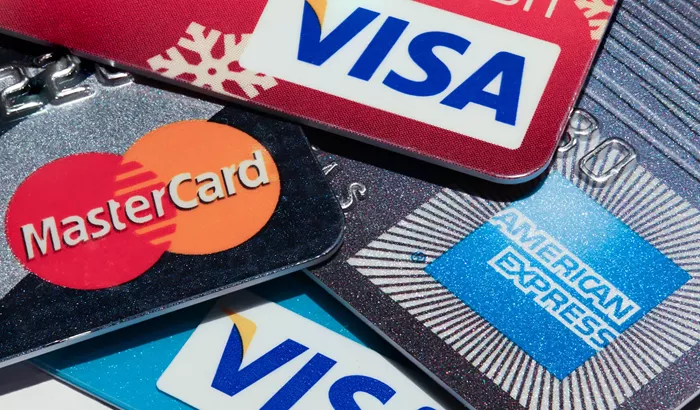The Federal Reserve recently decided to keep interest rates unchanged. However, credit card interest rates continue to climb, reaching their highest levels since last December.
According to LendingTree, credit card APRs have increased for three months in a row. Currently, the average annual percentage rate on credit cards is just over 20%, with new cards averaging as high as 24.3%.
Financial experts warn that these high rates can quickly increase debt. Clifford Cornell, a certified financial planner, called these rates “crippling” because they compound debt rapidly.
Credit card rates remained stable for years after the 2009 Credit CARD Act but began rising sharply when the Fed started increasing rates in 2015. Since then, average APRs have nearly doubled from 12% to over 20% today.
Most credit cards have variable rates tied to the Fed’s benchmark rate. When the Fed raised rates 11 times starting in March 2022, credit card APRs surged.
Even though the Fed cut rates three times in 2024 and has held them steady since December, banks have continued to raise credit card rates to record highs. Some issuers plan to keep these higher rates for the foreseeable future.
The main reason for rising APRs despite steady Fed rates is that banks want to protect themselves from the risk of borrowers missing payments or defaulting amid economic uncertainty.
Matt Schulz, LendingTree’s chief credit analyst, said this trend may continue in coming months. Additionally, consumers often seek new credit during uncertain times, which pushes issuers to raise APRs, especially for riskier borrowers.
For consumers carrying balances month to month, high APRs mean costly interest charges. However, these higher rates apply only to new loans, not existing debts. Even if the Fed cuts rates in the future, the relief might be minimal.
Charlie Wise from TransUnion explained that a Fed rate cut of two percentage points might only reduce credit card rates from 22% to 20%, which is not a big difference.
To avoid high interest charges, experts recommend switching to zero-interest balance transfer cards or consolidating credit card debt with lower-rate personal loans. Schulz emphasized that consumers with good credit have more control over the rates they pay than they realize. Paying balances in full and on time and keeping credit utilization below 30% can help improve credit scores and qualify for better rates and rewards.
Related topics:


